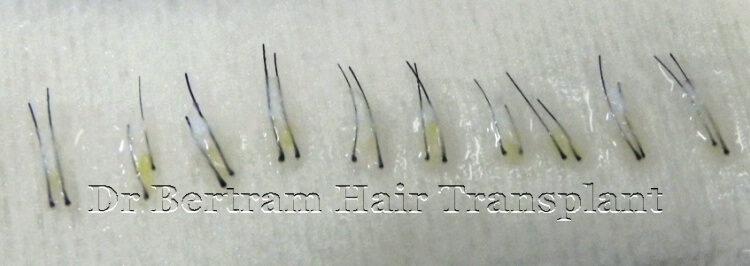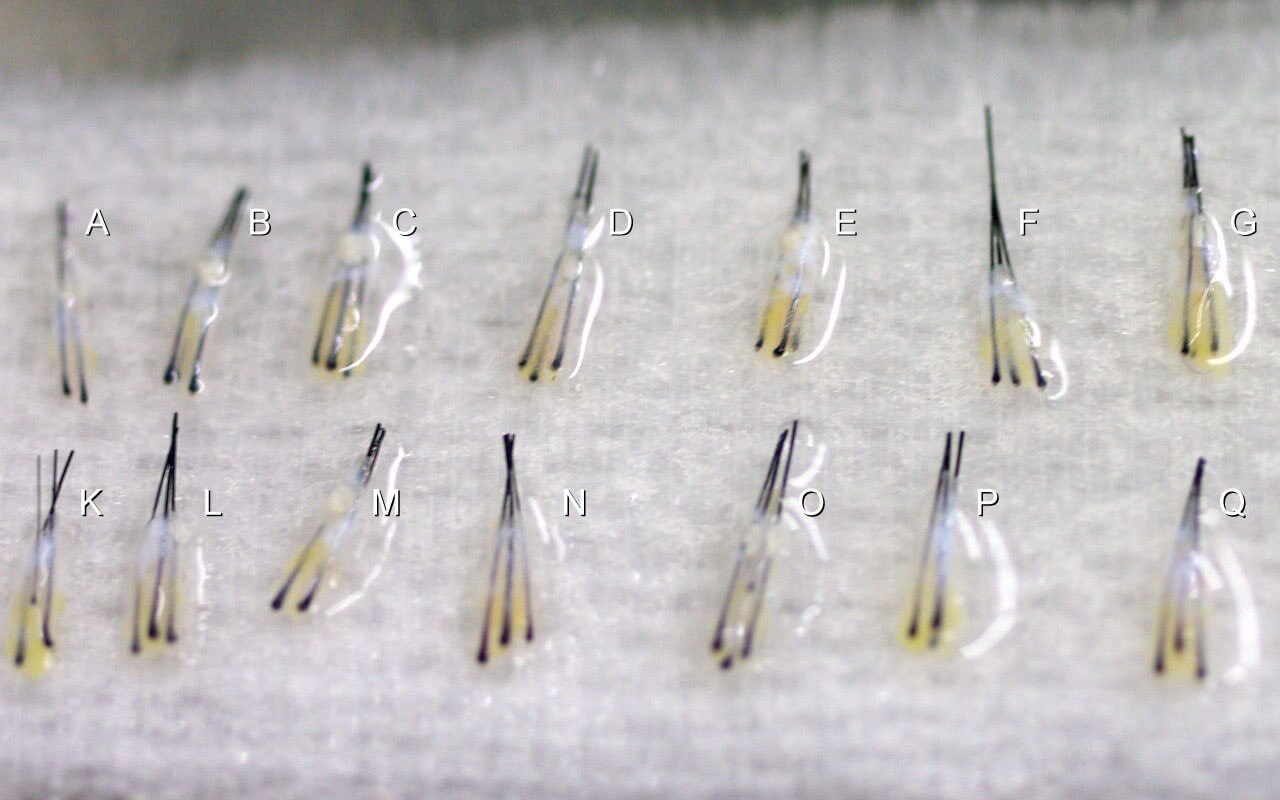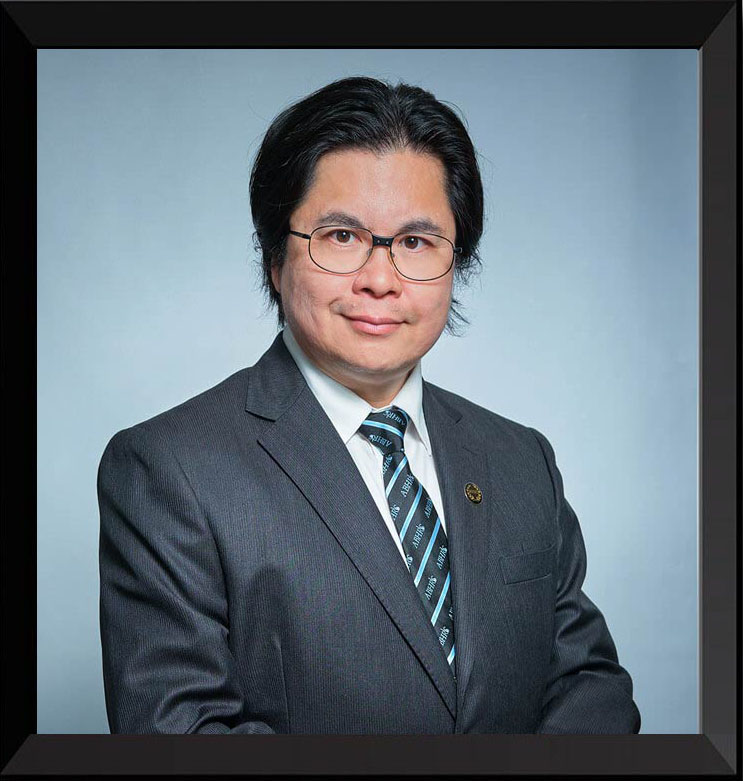Follicular Unit

What is Follicular Unit
"Follicular Unit" was first described by Dr. John
Headington, a pathologist, in his 1984 paper “Transverse
microscopic anatomy of the human scalp”. Scalp hair
follicles were observed to bind together underneath the
skin, emerging from the scalp in clusters or groups of 1-5
hairs in each pore. Each grouping of hair is called a
"Follicular Unit" or "FU".
Follicular Unit Transplant (FUT) is a hair restoration technique where a patient's hair is
transplanted using these naturally occurring follicular
units of 1 to 4 hairs. In a properly-performed FUT, the
results will mimic the way hair grows in nature and will be
undetectable as a
hair transplant. These small units allow the surgeon to safely transplant
thousands of grafts in a single session, which maximizes the
cosmetic impact of the procedure. Procedures using the
larger minigrafts often produced a pluggy, unnatural look.
Over the last 20 years Minigrafts transplant has been
replaced by Follicular Unit Transplant.
Hair-Graft Ratio
Each individual will have a unique combination of 1-Hair FU, 2-Hair FU, 3-Hair FU. For a certain area the average number of hair per FU is known as Hair-Graft Ratio. The Hair-Graft Ratio is different amongst various Ethnic Groups. With a higher FU density and hair-graft ratio, Caucasians are more suitable for FUE.
Hair-Graft Ratio = Total No. of Hair ÷ Total No. of FU
Caucasian |
Africans |
Asians |
|
|---|---|---|---|
Hair-Graft Ratio |
2.3 |
2.3 |
1.8 |
Normal Follicular Unit Density
The FU density varies amongst different ethnic groups, being highest in Caucasians and lowest in Africans
Caucasian |
Africans |
Asians |
|
|---|---|---|---|
Hair Density |
200 / sq.cm |
160 / sq.cm |
170 ⁄ sq.cm |
| FU Density | 100 / sq.cm | 60 / sq.cm | 90 / sq.cm |
Ethnical Differences in Hair Characters
In order to provide hair transplant service to patients from different ethnic groups, we have studies in depth the differences in their hair density and characters
Caucasian |
Africans |
Asians |
|
|---|---|---|---|
Hair Density |
200 / sq.cm |
160 / sq.cm |
170 ⁄ sq.cm |
| FU Density | 100 / sq.cm | 60 / sq.cm | 90 / sq.cm |
| Shaft Cross-Section | Oval | Elliptical | Round |
| Shaft Diameter | 0.07 mm | 0.06 mm | 0.08 mm |
| Hair Shape | Curly | Wavy | Straight |
| Length of Follicle | 4.5 mm | - | 5.5 mm |
Follicular Unit Density in Chinese Scalps
Usually the density is highest in the mid-occipit which is at the back of the head.
Density (FU/sq.cm) |
Front |
Sides |
Back |
Average |
|---|---|---|---|---|
Normal Men |
84 |
55 |
80 |
73 |
| Bald Men | 68 | |||
| Women | 87 | 54 | 72 | 72 |
| Bald Women | 69 | |||
Follicular Unit Ratio in Normal Chinese Scalps
The 2 Hair FU is the most common in Chinese, followed by the 1 Hair FU. 4- and 5- Hair FUs are very hard to find.
Ratio (%) |
1 Hair FU |
2 Hair FU |
3 Hair FU |
4 Hair FU |
Hair Graft Ratio |
|---|---|---|---|---|---|
Men |
29 |
52 |
17 |
2 |
1.92 |
| Women | 33 | 49 | 16 | 2 | 1.87 |
Graft

What is a Graft
Confusion arises when using different units to estimate the
cost of a hair transplant procedure. Over 95% of hair transplant centers worldwide
use "graft" as unit to estimate procedural cost. Advance in
technology renders the smallest follicular unit to be used
as graft. i.e. one graft = one FU. Nowadays 2,000 graft can
easily be transplanted in one session.
Some centers however, limited by technique or manpower, may
not be able to achieve such numbers. In order to sound good
they instead use "hair" as unit. Telling a patient he had
2,000 hairs transplanted seems impressive but that's in fact
just about 1,000 grafts. To avoid confusion ask clearly the
unit for calculating cost.
Message from the Doctor
Welcome to “Doctor's Talk,” where I’ll talk about everything related to hair loss and hair transplants. This series is here to help you understand more about how hair treatments work and what you can expect from them. The information provided is based on my 18 years of experience in dealing with hair loss.
Disclaimer - Please note that this
series is purely educational. Reading these posts does
not guarantee my services, nor are they intended for
business promotion. Information provided is not
guaranteed to be up-to-date and should not be considered
a substitute for professional medical advice.
Any opinions discussed may not be universally accepted
or applicable to all individuals. Always consult a
healthcare professional before making any decisions
related to your health.

